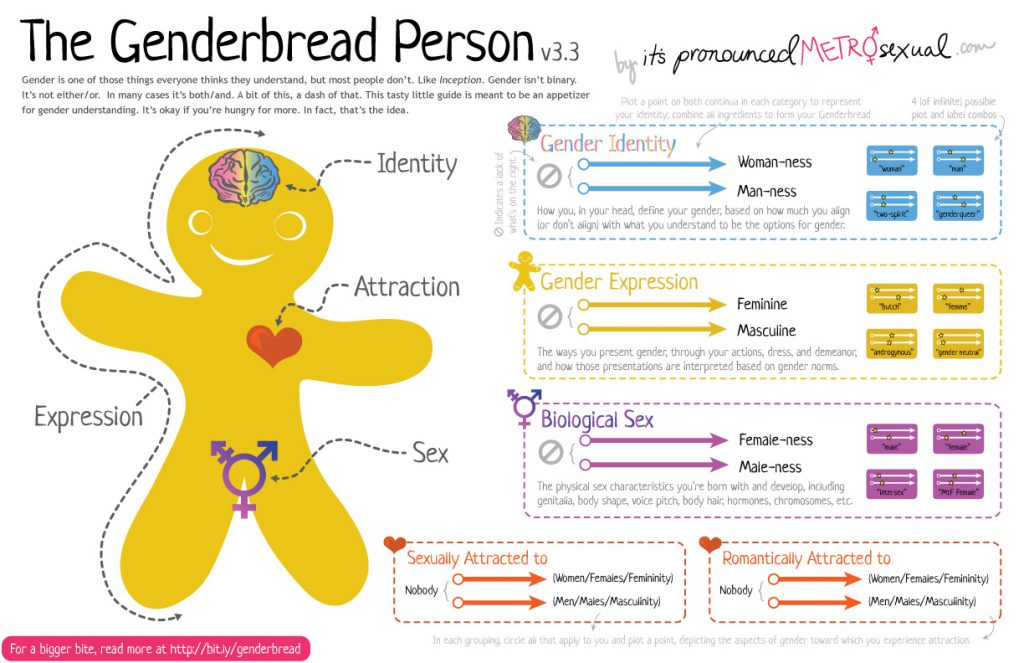Have you ever heard of a cool scientific paper, went out to find yourself a copy, and been frustrated to find no trace of it? I’ve been there for years for one particular paper, until I got lucky.
An alternative suggestion is more complex and may rely on a difference in content between men’s and women’s speech. Kramer (1975) and Spender (1980) suggested that women are undervalued in society, and as a consequence women’s speech is undervalued – female contributions to conversation are overestimated because they are held to have gone on “too long” relative to what female speakers are held to deserve. Preisler (1986) similarly argued that evaluation of women’s speech is a function of (under)evaluation of the social roles most usually fulfilled by women.The former explanation suggests that overestimation of women’s conversational contributions is a perceptual bias effect that should be reproducible in the laboratory simply by asking listeners to judge amount of talk produced by male and female speakers, even if content of the talk is controlled. [pg. 255]
In single-sex conversations, female and male first speakers received almost identical ratings (49.5% and 50%, respectively), but in mixed-sex conversations, female speakers were judged to be talking more (55.2%), male speakers to be talking less (47.8%). Although the number of words spoken was identical for each column, listeners believed that in mixed-sex conversations, females spoke more and males spoke less.In fact, three of these mean ratings are actually underestimates, since the true mean first speaker contribution across all four dialogues was 53.7%. ….
The interaction of speaker sex with whether the dialogue was mixed- or single-sex was significant in both analyses … There was also a main effect of speakersex, with female speakers’ contributions being overestimated, but male speakers’ contributions being underestimated relative to the actual number of words spoken. [pg. 259-260]
When a part was not particularly sex-marked (Dialogue 1), females speaking it were judged to have said more than males speaking it. When a part was marked as female for male and for female subjects alike (Dialogue 2), the same effect was found. When, however, a part was marked as female for male subjects only (Dialogue 3), only male subjects showed the effect; and when a part was marked as female for female subjects only (Dialogue 4), only female subjects showed any effect. [pg. 268]
These behaviors, the interrupting and the over-talking, also happen as the result of difference in status, but gender rules. For example, male doctors invariably interrupt patients when they speak, especially female patients but patients rarely interrupt doctors in return. Unless the doctor is a woman. When that is the case, she interrupts far less and is herself interrupted more. This is also true of senior managers in the workplace. Male bosses are not frequently talked over or stopped by those working for them, especially if they are women; however, female bosses are routinely interrupted by their male subordinates.
What can we do to raise women’s voices? Maybe technology can help.
Gender Timer is the app that measures the talk times between the sexes. It is used to raise awareness and generate discussion about how airtime looks in practice. The aim is to ultimately develop your organization and its meeting culture.



